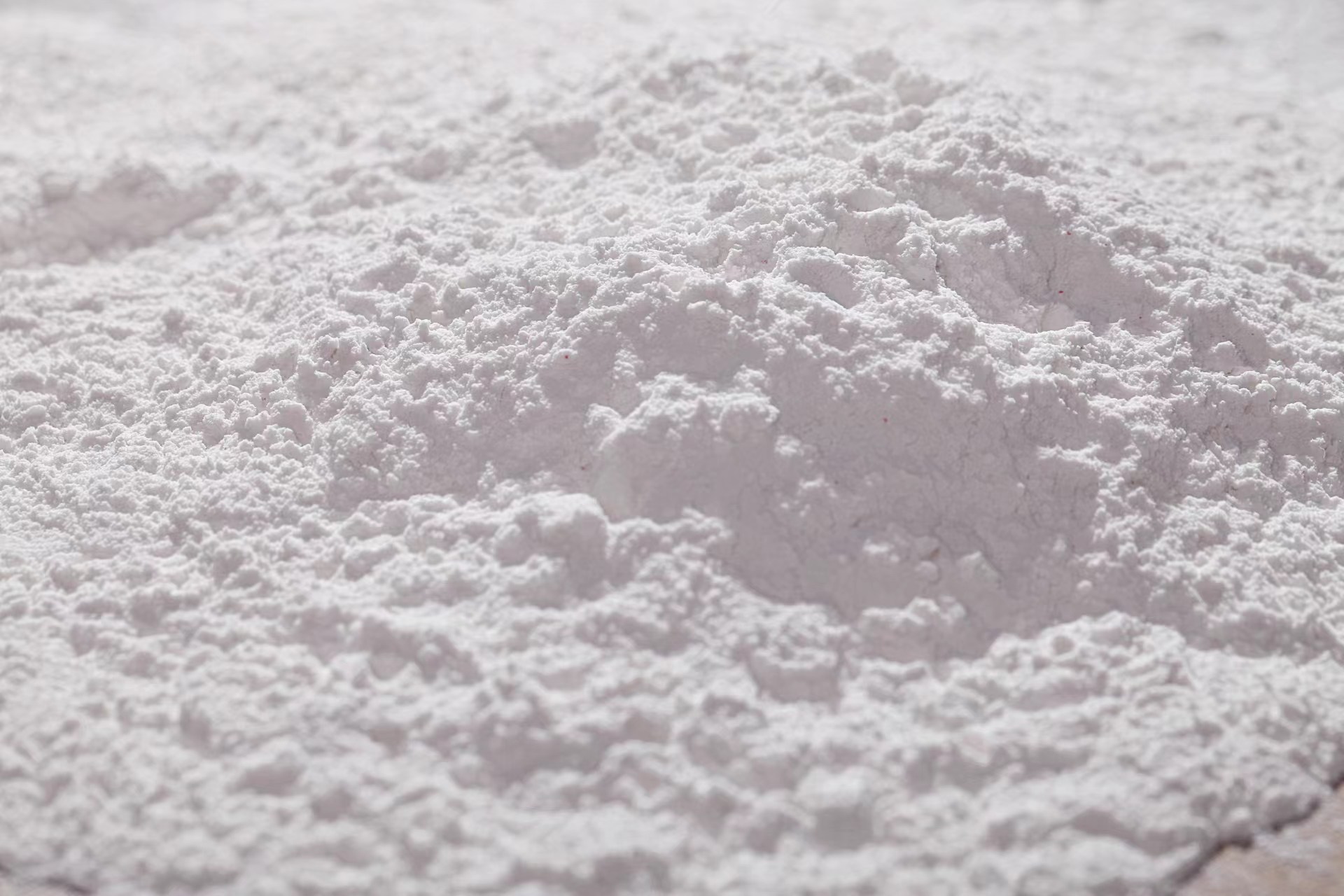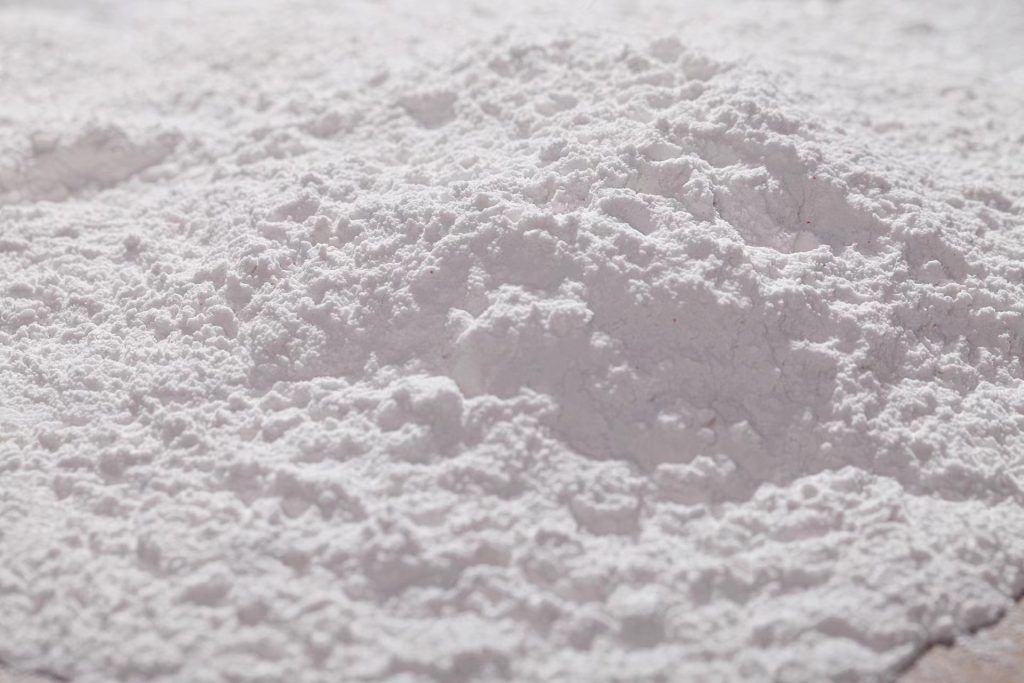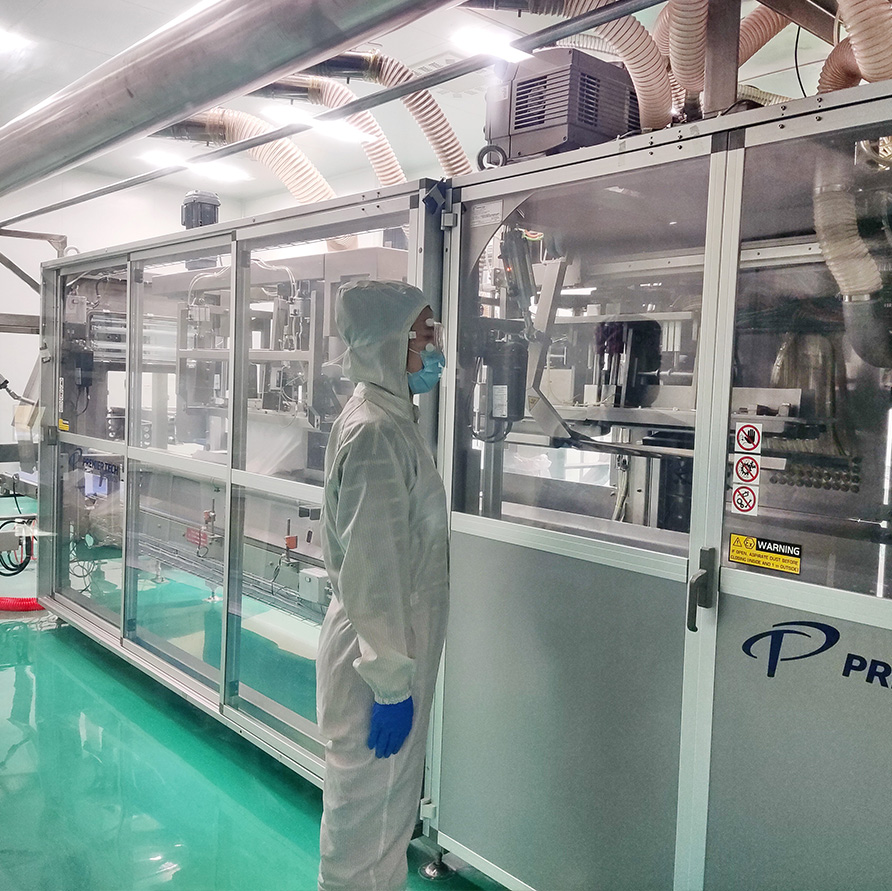

Colloid microcrystalline cellulose (CMC) is one type of microcrystalline cellulose(MCC),also made of microcrystalline cellulose(MCC), Microcrystalline cellulose(MCC) is a hydrolysate of natural plant fiber materials and is a porous, plastic cellulose with a structure similar to that of a sponge. MCC is the process of treating insoluble plant cellulose raw materials (cotton linter or refined wood pulp) with dilute inorganic acids, pounding them into a pulp, making them into a cellulose, and then treating them to partially depolymerize and hydrolyze them α- The amorphous part of cellulose tissue is then prepared by spray drying. The result is a 100% microcrystalline cellulose.
The special function of colloid microcrystalline cellulose is emulsion stability. Microcrystalline cellulose is dispersed in the liquid phase of the emulsion, and the dispersed particles thicken or gelatinize the water phase in the oil water emulsion, thereby preventing oil particles from approaching each other and even polymerizing. In such emulsions, microcrystalline cellulose particles exist at the oil water interface and are wetted by both water and oil. It can strengthen the oil water interface and maintain excellent stability at high temperatures.
For example, the emulsion of canned meat products can be heated at 116 ℃ for three hours, still maintaining the same quality. During the processing of sterile food, there are often both high temperatures and high viscosity, under which starch will decompose, while microcrystalline cellulose can still maintain excellent properties.

Colloid microcrystalline cellulose is used in the frozen dessert industry, with a special role in controlling the crystallization of ice and improving the stability of foaming and emulsification. Adding colloidal microcrystalline cellulose can obtain high-quality frozen dessert products. Texture, structure, and taste are important sensory characteristics of ice cream. During the manufacturing process of ice cream, the key is to prevent ice crystals from increasing during frequent freezing and thawing processes. In addition, research results show that under the most unfavorable conditions, adding 0.4 to 0.6% microcrystalline cellulose is sufficient to ensure that the texture and structure of frozen milk do not change.
Yogurt in the frozen dessert industry is very popular, but new problems have arisen. Due to the low pH value of yogurt, it causes the solidification of solid components in milk, which separates whey from the mixture. Adding microcrystalline cellulose can effectively ensure the stability of the product. In addition, microcrystalline cellulose hardly affects the sensory properties of seasonings, which is different from other stabilizers.

To achieve such functions and effects, We need to use mechanical force to wet grind (dismember the network) the network cellulose that has been hydrolyzed from the amorphous portion into less than 0.2 μ M microcrystalline, adding 10% to 15% colloid microcrystalline (CMC) as a redispersing agent, and drying to obtain colloidal MCC.
When colloidal microcrystalline cellulose is dispersed in water, colloid microcrystalline cellulose and MCC microcrystals can gradually form a network connection supported by hydrogen bonds in the aqueous phase, ultimately forming a uniform colloidal solution. It has the effect of a stabilizer in foods. Due to its inability to form a viscous solution, colloidal MCC is often used in conjunction with other adhesives such as xanthan gum
The quality of colloid microcrystalline cellulose is determined by the size and uniformity of its particles. The smaller the particles, the better the quality of colloid microcrystalline . CMC with smaller particles has a higher viscosity and is more effective in thickening and stabilizing foods.
Colloid microcrystalline cellulose CMC is an essential ingredient in many products, as it provides texture and stability. It is a natural, cost-effective, and safe ingredient that can be used in a variety of industries and applications. It is an important ingredient in many food and personal care products, and its quality depends on the size and uniformity of its particles.